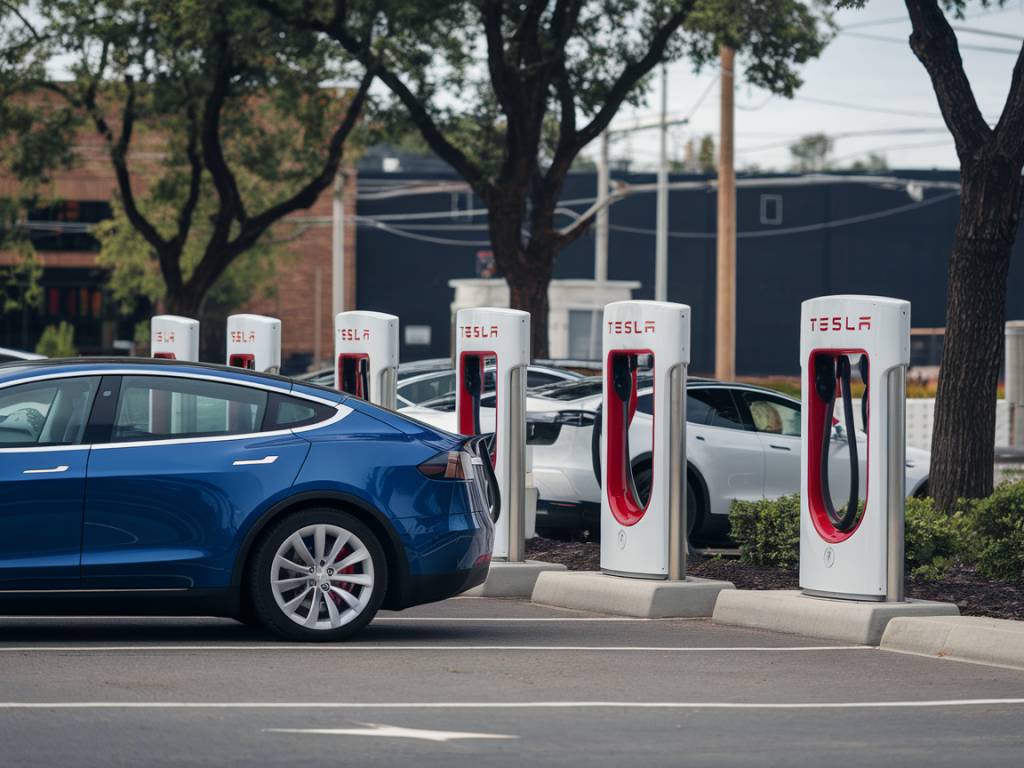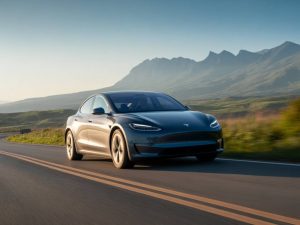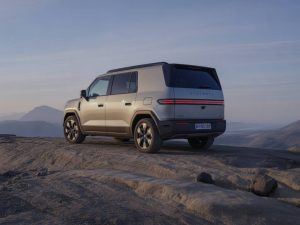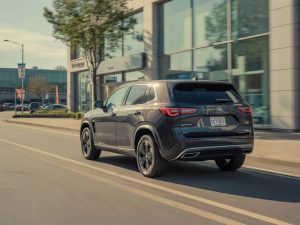analyzing the charging infrastructure of the tesla supercharger network

analyzing the charging infrastructure of the tesla supercharger network
As electric vehicles (EVs) continue to rise in popularity, the importance of reliable and efficient charging infrastructure has grown exponentially. Among the various manufacturers, Tesla has made a significant mark with its Supercharger network. This extensive infrastructure not only supports Tesla’s rapidly expanding fleet but also serves as a benchmark for the entire EV industry. In this article, we will dive deep into analyzing the charging infrastructure of the Tesla Supercharger network, discussing its components, spread, efficiency, and future prospects.
Overview of the Tesla Supercharger Network
Tesla’s Supercharger network was first introduced in 2012 to address one of the primary concerns of EV adoption: range anxiety. It provides Tesla owners with fast, convenient, and reliable charging options across various geographic locations. As of now, the Supercharger network includes thousands of stations worldwide, each equipped with multiple chargers capable of charging Tesla vehicles within minutes rather than hours.
The Supercharger network is strategically designed to ensure coverage over long distances and in metropolitan areas, thus minimizing detours and maximally reducing charging time. This alignment helps in providing a seamless driving experience analogous to refueling traditional gas-powered vehicles.
Technical Specifications
One of the standout features of Tesla’s Supercharger network is its technological sophistication. Each Supercharger can deliver up to 250 kW of power, allowing Tesla vehicles to add approximately 75 miles of range in just 5 minutes. Let’s break down the technology behind it:
Power Delivery: Utilizing direct current (DC) fast charging, Superchargers are significantly quicker than alternating current (AC) Level 2 chargers, which usually max out at 22 kW.
Voltage Compatibility: The network is designed to accommodate the high-voltage architecture of Tesla vehicles, from the Model S to the Model 3. The increased voltage assists in reducing energy loss and enhancing the efficiency of the charging process.
Connector Type: Tesla uses proprietary connectors for its Superchargers, although adapters are available for commonly used EV plugs, allowing greater flexibility.
Geographic Spread
Supercharger stations are strategically placed to optimize both inter-city travel and urban charging needs. The network is dense in North America and Europe, and expanding rapidly in Asia and other regions. Here’s a closer look at the geographic distribution:
North America: The United States has the most extensive coverage, with Supercharger stations placed along major highways, in urban centers, and near popular destinations. Canada and Mexico follow suit, albeit with fewer stations.
Europe: European countries like Norway, Germany, and the Netherlands feature dense Supercharger networks due to higher EV adoption rates. Tesla strategically places these stations along the Trans-European Transport Network (TEN-T) corridors.
Asia: China leads in the Asian segment, with the network expanding into Japan and South Korea. Stations are usually found in major metropolitan areas and along highways.
User Experience and Efficiency
One of Tesla’s primary objectives with its Supercharger network is to offer a user-friendly and efficient charging experience. Several factors contribute to this:
Plug-and-Play Simplicity: Drivers simply plug in their vehicle to commence charging, without the need for authentication or payment at the point of use. All transactions are managed via the Tesla app or dashboard.
Integrated Navigation: Tesla’s in-car navigation system includes Supercharger locations along with realtime availability. This allows for efficient route planning and reduces wait times.
Idle Fees: To ensure the chargers are available for those who need them, Tesla imposes idle fees for vehicles that remain connected to a Supercharger after charging is complete.
Future Prospects and Innovations
The Supercharger network continues to evolve to meet the demands of Tesla’s growing customer base and advancements in battery technology. Here’s what the future might hold:
Expansion Plans: Tesla is rapidly expanding its Supercharger footprint globally, with plans to double the number of stations in key markets over the next few years. This would involve not only increasing the number of stations but also the number of individual chargers per station.
V4 Superchargers: Upcoming V4 Superchargers are expected to deliver even higher power levels, which could potentially reduce charging times significantly. This would be particularly beneficial as Tesla introduces more high-performance models.
Solar-Powered Stations: As part of Tesla’s commitment to renewable energy, new Supercharger stations are increasingly being equipped with solar panels to reduce their carbon footprint.
Battery Storage Integration: Some Supercharger stations are likely to incorporate Tesla’s Powerpack and Megapack battery systems. These systems can store energy during off-peak hours and distribute it during peak demand times, thereby optimizing energy use and reducing operational costs.
Challenges and Solutions
Despite its many advantages, the Supercharger network faces several challenges that Tesla continues to address proactively:
High Installation Costs: Each Supercharger station involves significant capital expenditure, from hardware to land acquisition and permits. Tesla has been exploring partnerships with businesses and governments to share these costs and streamline the installation process.
Increasing Usage Demand: As the number of Tesla vehicles on the road increases, the demand for Superchargers also rises. Tesla addresses this by continually upgrading existing stations and opening new ones in high-demand areas.
Standardization Issues: The proprietary nature of Tesla’s connectors creates limitations for non-Tesla EV drivers. While adapters are available, they are not universally used. Tesla may need to consider more standardized solutions as the global EV market grows.
Comparative Benchmarking
In comparing Tesla’s Supercharger network to other charging infrastructures, several key differentiators emerge:
Speed: The charging speed of Superchargers is generally higher than most other public charging networks, such as those provided by Electrify America or ChargePoint.
Coverage: While other networks are catching up, Tesla’s footprint remains unparalleled, particularly in regions with high EV adoption. The integrated navigation feature also makes Tesla’s network more user-friendly.
Reliability: Tesla takes great pride in the reliability of its Superchargers. Regular maintenance and software updates ensure minimal downtime, a critical factor for long-distance travelers.
In summary, the Tesla Supercharger network plays a pivotal role in the adoption of electric vehicles by addressing one of the main barriers: charging convenience. With its expanding footprint, ongoing technological innovations, and focus on user experience, Tesla continues to set the standard for EV charging infrastructure worldwide.





